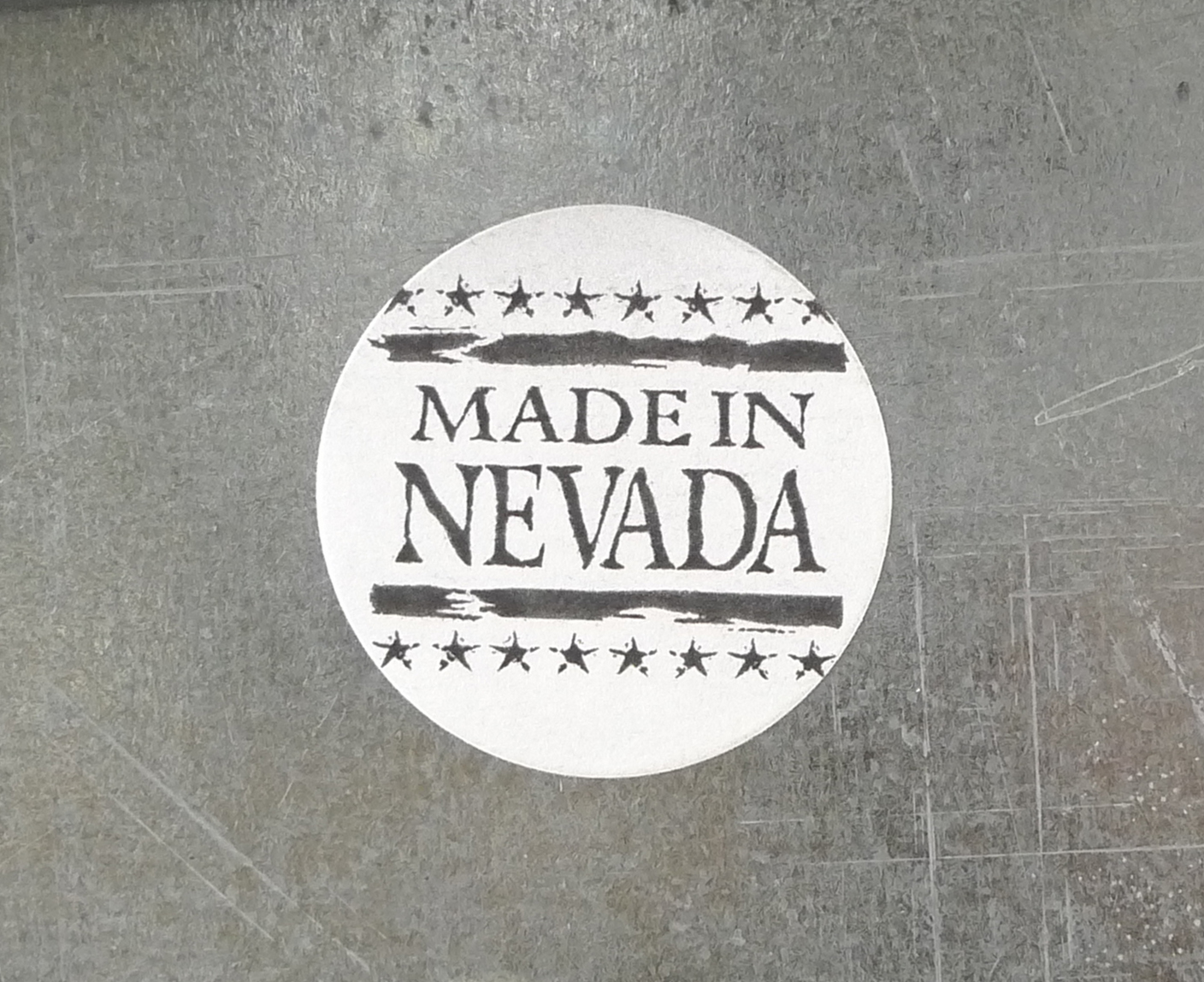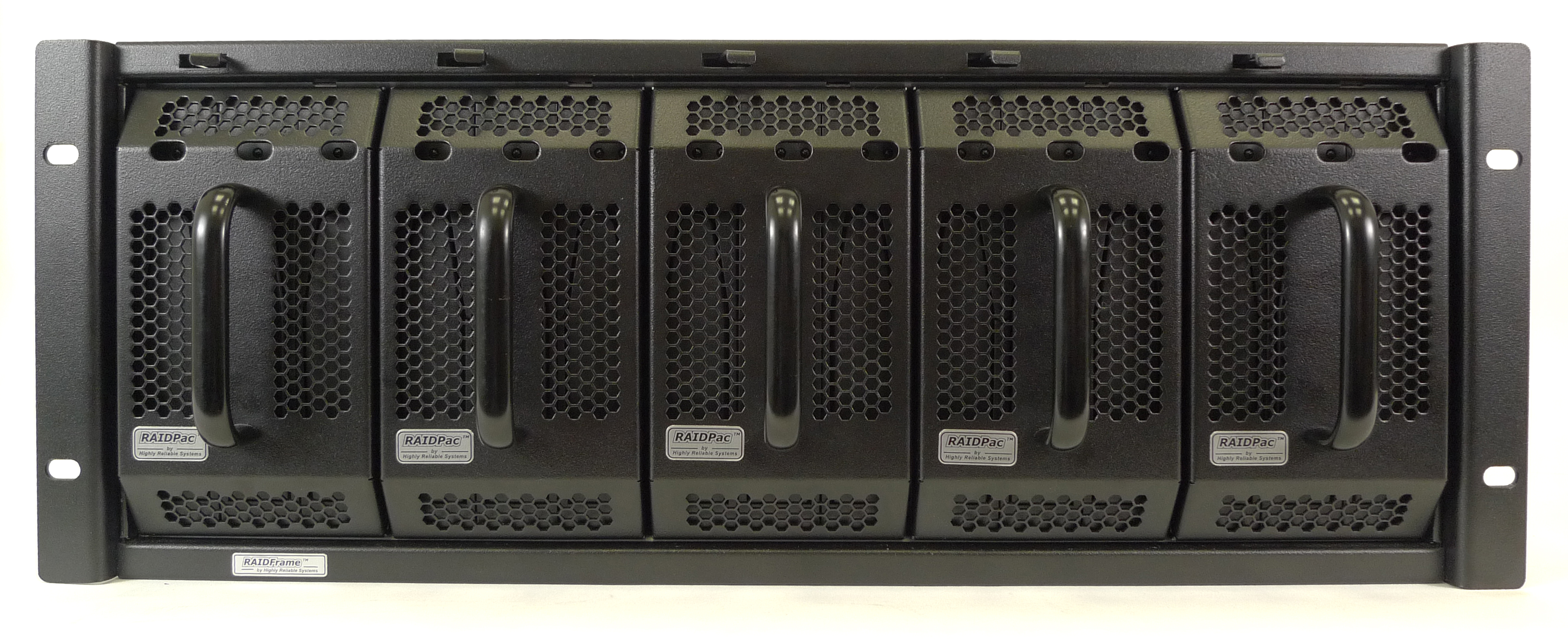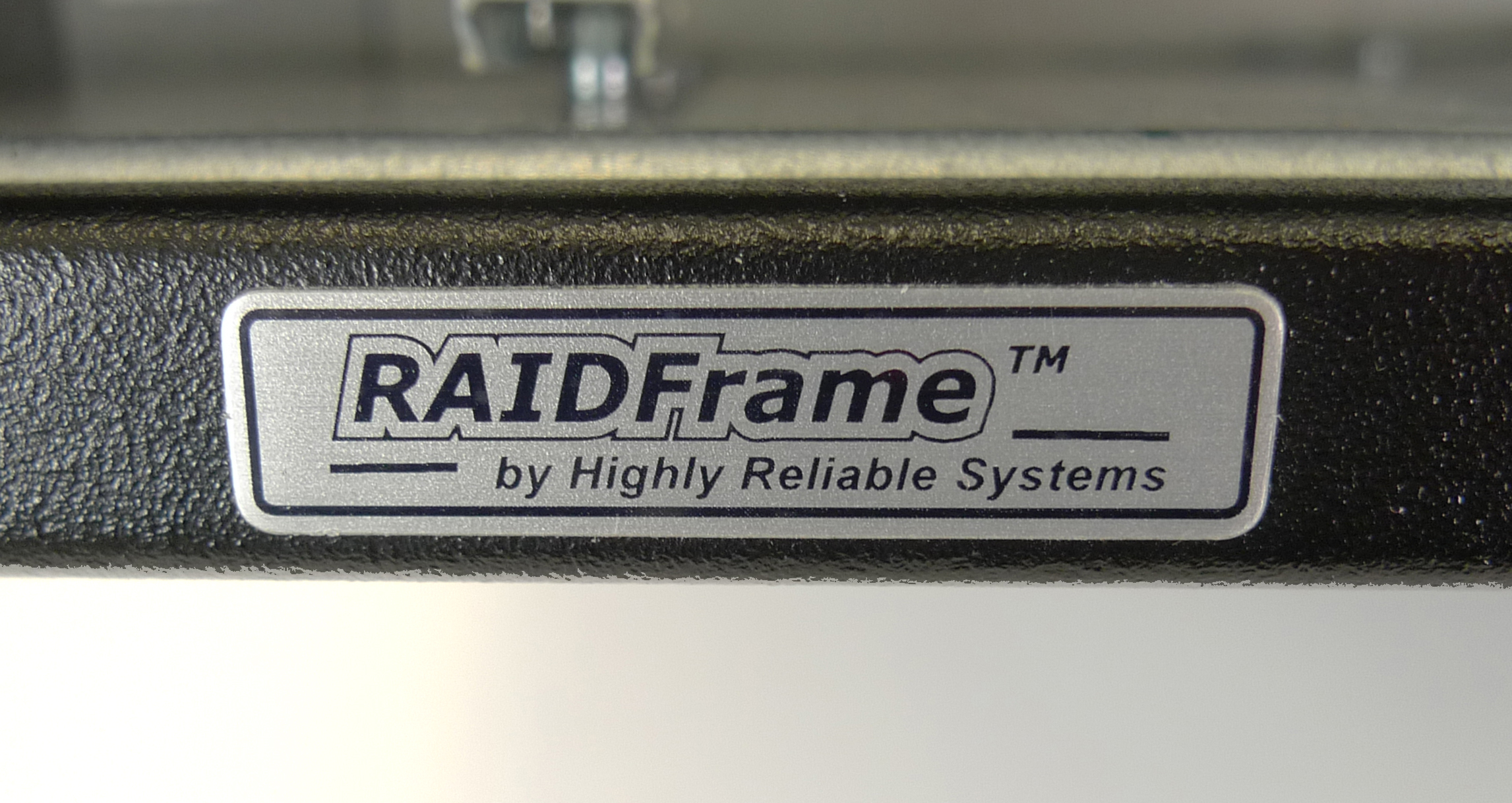Hi-Rely RAIDFrame: External Disk-To-Disk Backup Via eSATA
Introduction
Business technology’s demands today are, and will always be, ever-increasing. This is even more apparent in the storage arena. Larger file formats, increased data usage, and the number of companies relying on computers to keep their business going all factor in on the need to rely on bigger, faster, and better ways to store data. IT vendors help keep up with the demand by releasing larger disk drives designed for speed, capacity, and reliability. But even when one disk drive can’t handle all the demand, we find ways to creatively design disk systems that can hold larger capacities with the extra security of redundant modes of operation. In business computing, of course, you can’t talk about storage without having adequate backup.
Traditionally, tape has always been the way to store archived data for short and long term periods. As a longer-term backup solution, tape works great, as its small footprint doesn’t take up too much space, capacities have significantly increased over the years, and many manufacturers still support it. As a short-term backup solution, though, tape is just not that convenient of a media. Loading a tape cartridge for a restore and having to finding the requested data takes time that, in the computing world, can feel like hours. Managing these small, delicate backup cartridges can also be overwhelming to the system admin, as they have to rotate and index numerous tape cartridges to keep up with the daily backups, while at the same time keeping the strips of magnetized film safe from the elements. Ideally, there should be a better way to be less reliant on tape when it comes to short-term file storage. This concept that I’m leading to is disk-to-disk backup.
As I mentioned, disk drives are constantly improving in performance and capacity. Along with each new model that gets released, previous models drop in price to much more affordable levels. Advantageous in not just cost per gigabyte, disk drives are easily accessible, faster than tape, and can store plenty of hot data that would take more effort to retrieve off of a tape cartridge. To top it all off, disk drives are much more "storable" than tape, as the data is kept on metallic platters sitting in sealed, hard casings.
About two years ago, I wrote a review about a hard drive-based backup system that uses several independent disk drives connected to a computer via an eSATA connection. Highly Reliable Systems, the Reno, Nevada-based company that brought us the seven-bay High-Rely backup system, now has something that could be considered a step up when backing up data to disk.
The High-Rely RAIDFrame Backup System is an eSATA-based JBOD solution that gives you five separate RAID storage devices in one chassis. Designed for techies that don’t mind being a little hands-on, the RAIDFrame can provide backup functionality over a 3 Gb/s eSATA connection from a single or, if configured, multiple hosts. Not only do you get fault tolerance in a small package, but you can also get up to well over 4TB of disk space if you use large enough drives.
Equipment:
- 1 RAIDFrame Chassis
Five RAIDPacs
Get Tom's Hardware's best news and in-depth reviews, straight to your inbox.
- PCIe x1 eSATA card
- PCI eSATA card
- RAIDPac Carrying Case
- Accessories (power cable, keys, documentation)
-
yyrkoon Perhaps I missed something, But I am curious as to how they got 3 drives per port on the port multiplier. I am familiar with port multipliers, but not the technology they use here apparently.Reply
Also, on a side note, I think this device would be more useful if it allowed you to run RAID 10, but with two out ports. Perhaps even multilane would be in order in this case ? -
yyrkoon Let me clarify what I said above. I feel the device would be "better" if they allowed it to be configured to run RAID 10 using two RAIDPacks.Reply -
jeffunit Nice hardware, but a bit spendy. My software based raid 5 array has higher performance over gigabit ethernet, uses commodity parts, and is much cheaper. I am sure my array costs well under $1000 with 8 750gb drives. Since I am using supermicro hot swap sata drive cages, all I have to do is press a button and the drive comes out. 4 screws, and the drive is removed. Takes well under 5 minutes to remove a drive and put in a new one, and it just takes a philips screwdriver.Reply
And why are there two 450w power supplies? Even if the box is full, that is 30 watts per drive, which is a crazy amount of power. If they stagger the drive spin up, they would never need more than 225w tops.
-
climber This should be a 6Gb/s SATA 3.0 design with port multipliers. If you wanted to back up serious amounts of data to this thing you'd never finish, it would always be in backup mode.Reply -
so if one of the three drives should fail inside a RAIDpac, you have to eject the whole RAIDpac to replace that drive?Reply
That sets the RAID offline ... a RAID 5 should be allow hotswapping a failed disk.
And two PSU but not redundant ? ... doens't seem very HIGH RELIABLE -
thehighrelyguy Although some of these points were mentioned in the article, not being on the front page, these important features may have been missed by a few readers and may answer some of your questions.Reply
1. Each RAID pack has an integrated RAID 5 / RAID 0 controller. This means the RAIDPACs can operate completely standalone without the addition of any special controllers or driver software. Thus, left with nothing but a RAIDPac, you could connect it via eSATA to your motherboard and restore the data.
2. The RAIDpacs use standard SATA hard drives. At present, 2.0TB drives are available making the available capacities 4TB in RAID 5 and 6TB in RAID 0 per RAID pack.
3. There is also a 1 bay RAIDFrame available which can use RAIDPacs interchangeably with the 5 Bay if necessary. The one bay has both ESATA and USB connections for portability and ease of connection. The one bay is substantially cheaper than the 5 bay.
4. The dual ATX power supplies were chosen over specialty redundant power supplies because they are the most widely available power supply in the world making field service for this unit in the dead of the night, practical. The 1 bay has this same feature. By using two instead of one, if a power supply dies, you're not dead, the unit is still usable although some bays may not function.
-
thehighrelyguy yyrkoonPerhaps I missed something, But I am curious as to how they got 3 drives per port on the port multiplier. The RAIDFrame is not a single RAID system. The RAIDFrame 5 bay is 5 RAID systems. Each hot swappable RAIDPac is a volume. Port multipliers allow up to 5 volumes (drives) to one SATA channel. Hence one SATA channel, 5 RAIDPacs.Reply


